A stuffy nose – we’ve all been there. Nights become a real struggle due to the restricted breathing, and CPAP users are particularly affected. We’ve put together a few tips to help you combat the problem.
In winter and spring in particular, lots of people suffer from a stuffy nose. Whether it’s caused by a cold or hay fever – nobody can escape the annoyance of a stuffy nose. And CPAP users in particular often end up asking themselves the same old question of whether they’ll even be able to carry on with their treatment during this period.
The problem of a stuffy nose primarily affects those who use a nasal mask or a nasal pillow mask.
With these mask types, air is pumped into the airways exclusively via the nose, but if this route is blocked, the user has no choice but to breathe through their mouth. This would render the treatment ineffective, as the CPAP air would just escape again via the mouth rather than expanding the airways in the throat area in order to prevent breathing stops.
This problem does not occur with full-face masks, as the mask cushion in these masks also covers the mouth. em does not occur with full-face masks, as the mask cushion in these masks also covers the mo
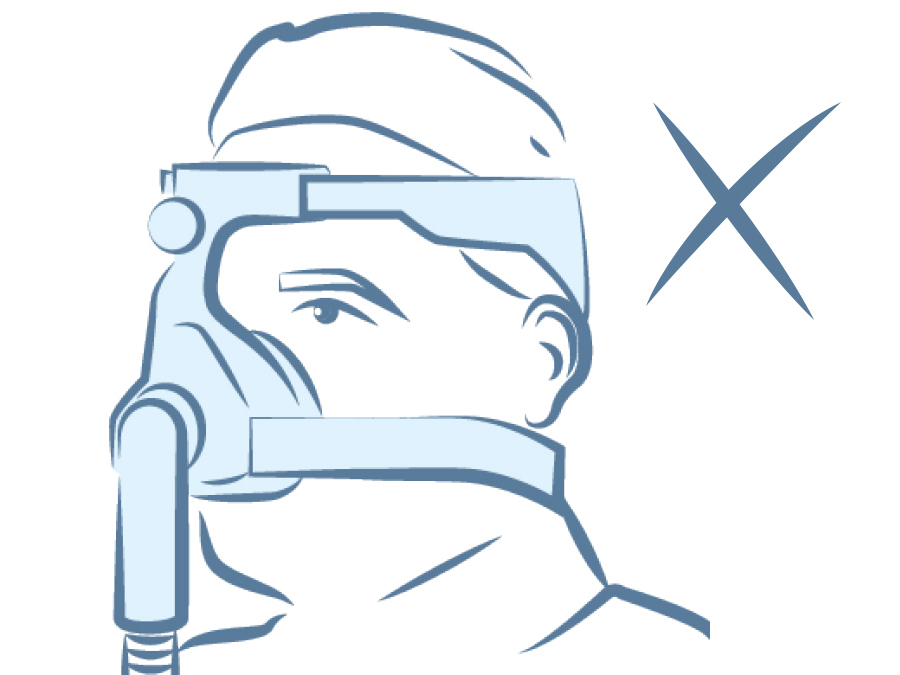
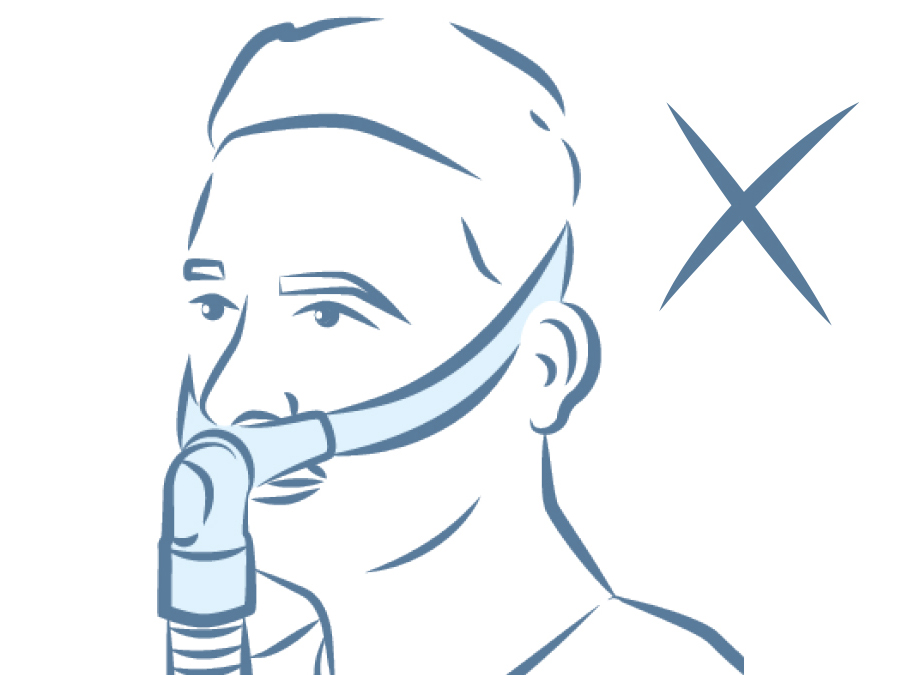
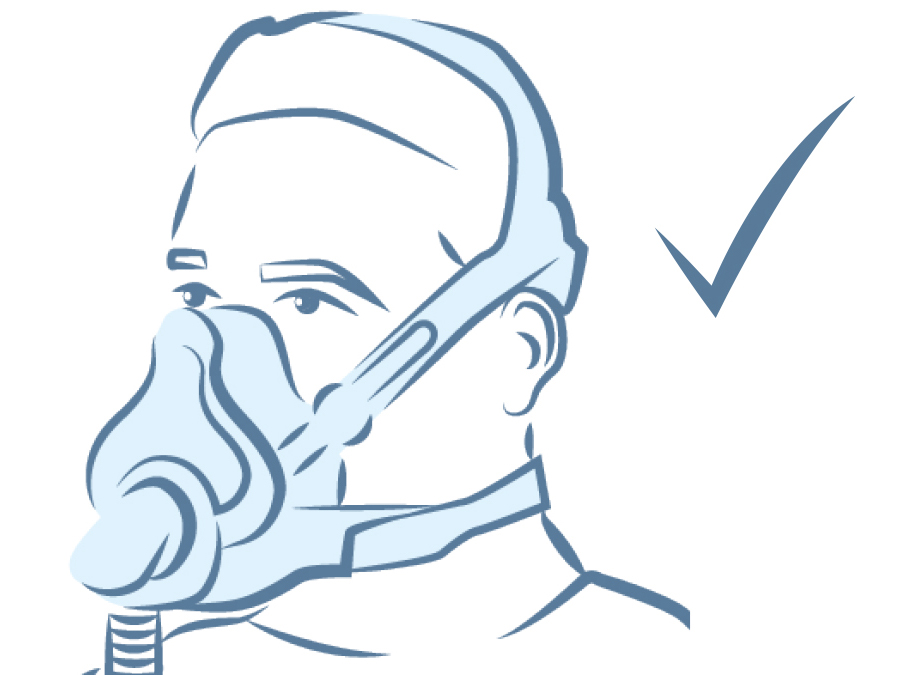
General tip: increase the humidification
Regardless of the actual cause of the stuffy nose, using a respiratory humidifier to increase the CPAP humidity can help. This moistens the nasal mucus membranes so that they can carry out their defence function again, as dust particles, pollen and pathogens get caught on the moist nasal mucus membranes and can then be removed.
With a dry nose, the respiratory humidifier should therefore be set considerably higher than usual. If the high humidity feels unpleasant, you can reduce it gradually until the humidity level is tolerable.
As well as increasing the humidification, we have some other tips that you can try, though these do depend on the specific cause of your stuffy nose.
When your stuffy nose is caused by a cold – our tips
One of the most common causes of a stuffy nose is a common cold. In specialist circles, this is referred to as rhinitis.
With this type of cold, viruses get into the airways via the respiratory air, where they then attack the nasal mucus membranes. As a defensive reaction, the body then promotes blood flow to the nasal mucus membranes, which causes these to swell up. This causes the airways to constrict and the mucus can no longer drain off, resulting in complaints such as a stuffy nose.
- Neti pots can be very helpful in remedying this as quickly as possible. Viruses can be gently rinsed away from the mucus membrane with the saline solution.
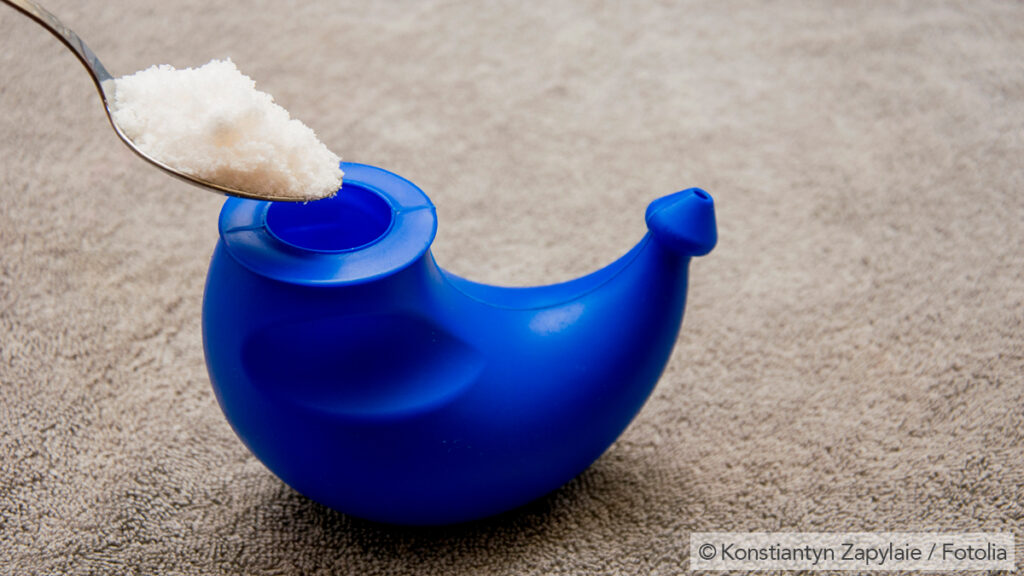
- Nasal rinsing is suitable for prolonged use, but anti-swelling nasal sprays should only be used for a limited period. If these sprays are used too frequently, the nasal mucus membranes get used to the content of the spray and the anti-swelling effect will no longer work. It is therefore a good idea to only use the nasal spray before going to sleep, and only for a few days.
- Nasal plasters or nasal dilators can help support nasal breathing. Both of these products spread the nostrils, making it easier for the user to breathe through their nose.
When your stuffy nose is caused by hay fever – our tips
A stuffy nose can also be caused by an allergy. In spring and summer, lots of people suffer from hay fever. If you’re one of them, we’ve put together the following tips to help avoid a stuffy nose:
- All CPAP devices have a built-in filter, usually on the back. These filters should be regularly replaced or cleaned, especially when the pollen count is high. People with allergies may also find special hypoallergenic filters helpful at night. Compatible filters for your device can usually be easily ordered online.
- In the bedroom in particular, it’s important to keep the particle load as low as possible, so it’s a good idea not to get undressed or hang clothing up in the bedroom. Getting undressed in the bedroom causes pollen on your clothing to be released into the air.
- Ventilate the room briefly after getting up in the morning, but keep windows closed before going to sleep and during the night.
- We also recommend using a neti pot: it can rinse away any pollen particles caught on your mucus membranes.
- It’s also a good idea to have a shower or wash your hair before going to sleep. This will remove the pollen particles on your skin or in your hair.
- Because pollen can also accumulate on your bedding, you should also wash this regularly.
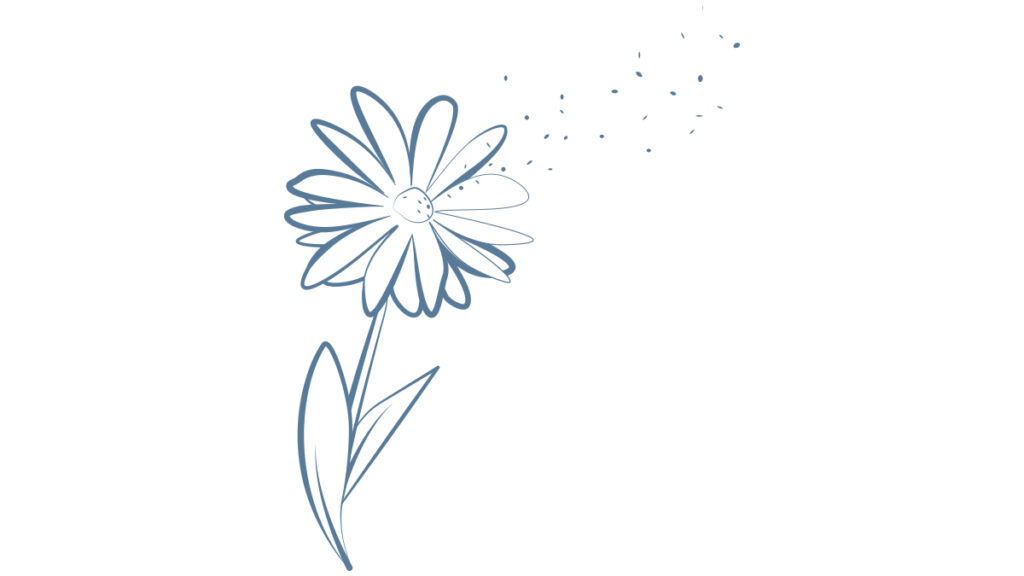
As a CPAP user, it may be a good idea to take antihistamines or use corticosteroid sprays in order to get as peaceful a night’s sleep as possible, but you should always consult your GP about this before use.
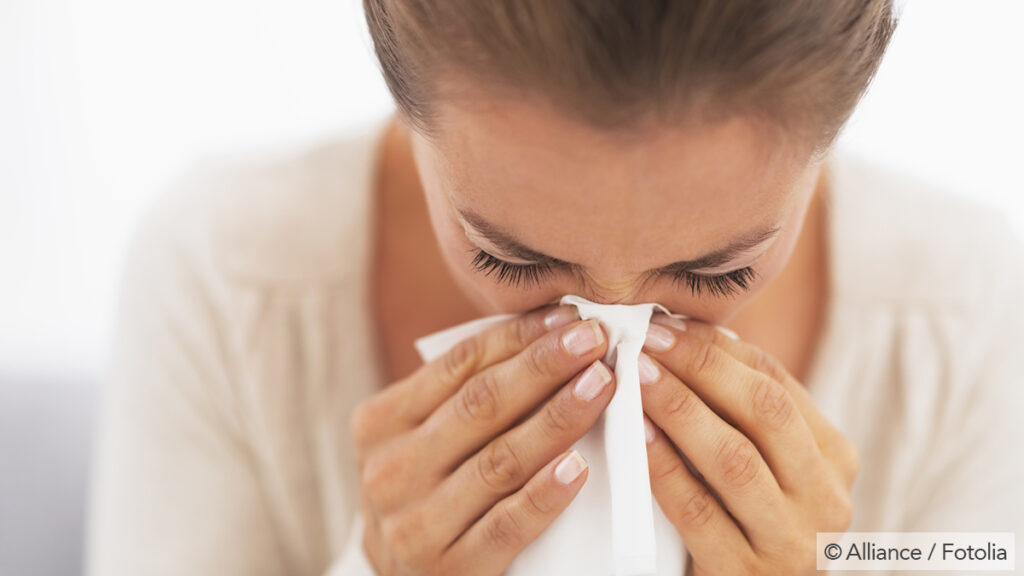
This unique CPAP mask test compares the most popular masks on the market
The most important purchasing criterion for mask wearers; comfort, freedom of movement and far more, coherently summarised especially for you.
Best Ways to Clean Your CPAP Mask and Machine
Want to keep your CPAP equipment working better for longer? Discover our best tips to keep your CPAP mask and machine fresh, clean, and healthy for you.

Managing Director
Hannes Wakonig comes out of the Marketing and Finance branch and has previously worked in the field of medical technology. He is the co-founder and managing director of SomniShop (health.On Ventures GmbH) and AescuBrands.


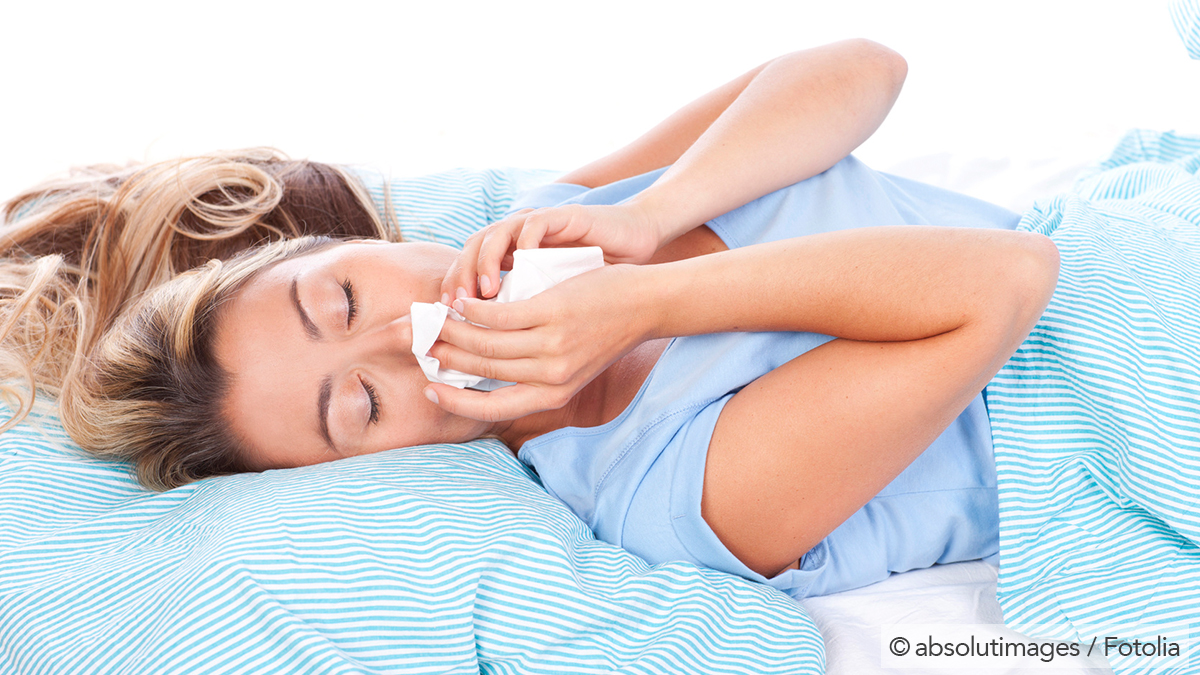
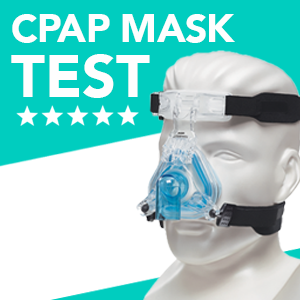
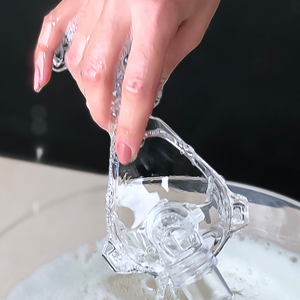
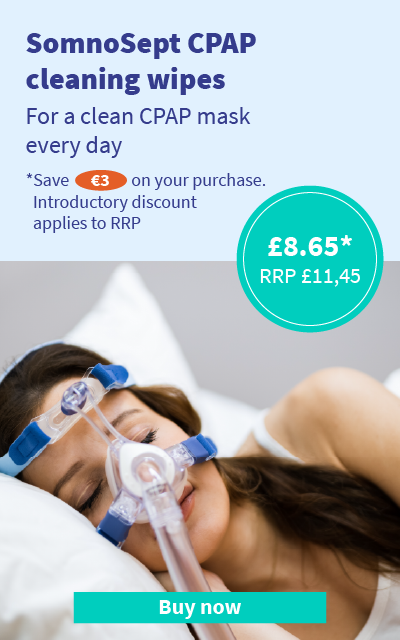
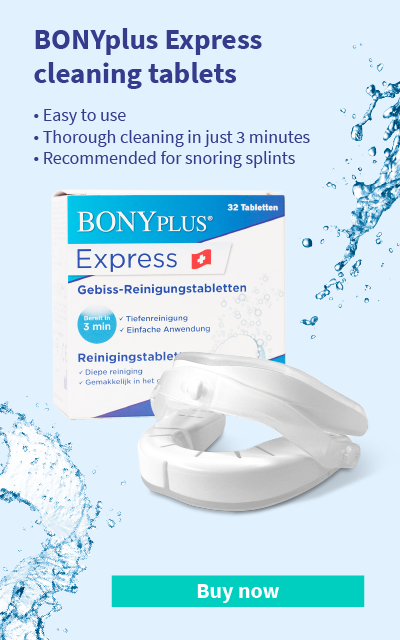
 Welcome to SomniShop
Welcome to SomniShop